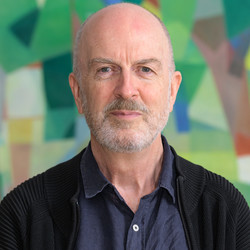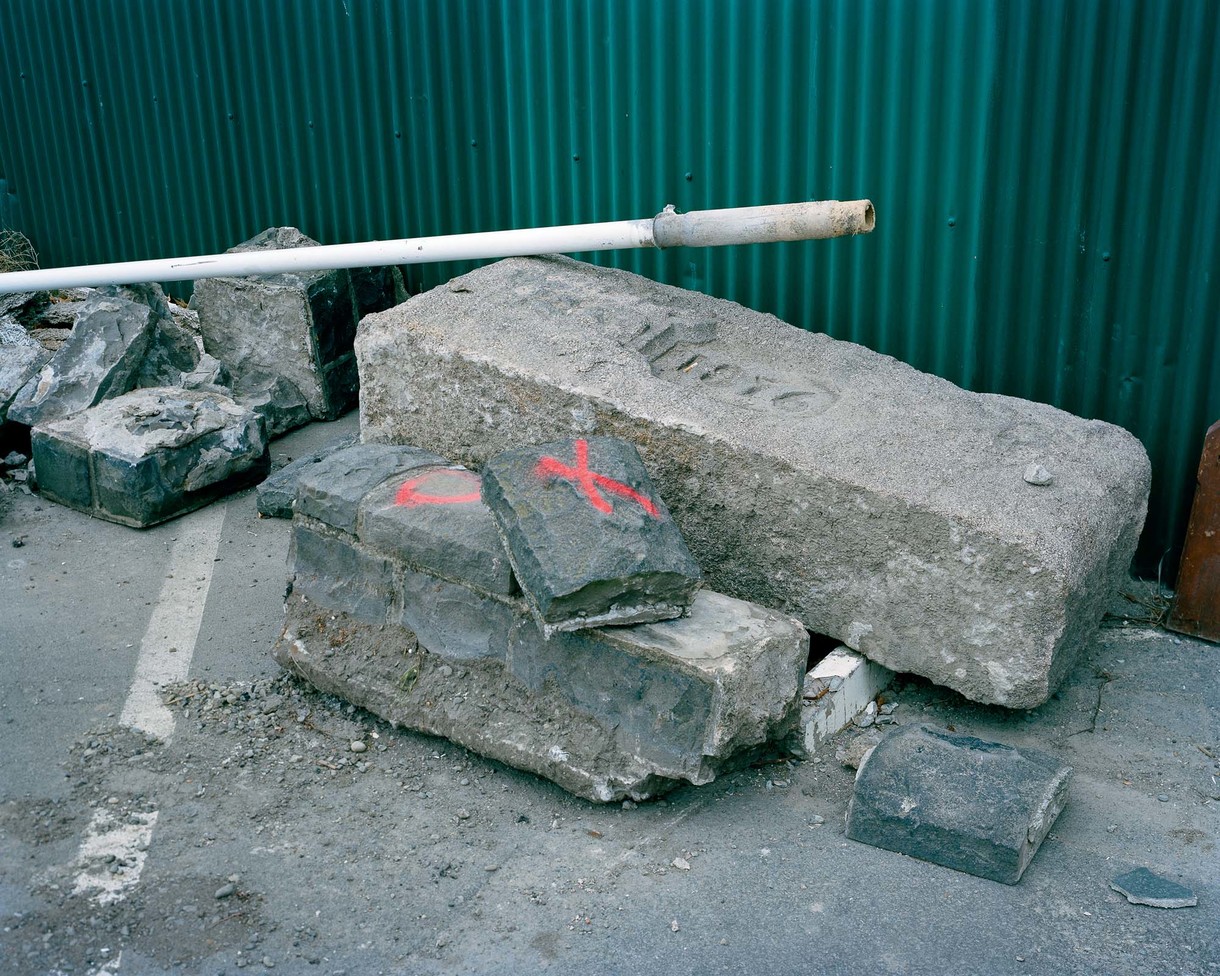B.185
B.
Bulletin
New Zealand's leading
gallery magazine
Latest Issue
B.22001 Jun 2025
Contributors

Director's Foreword

Another Big Step Forward
Since mid July we’ve been enjoying the first major exhibition change downstairs. While it was difficult to say goodbye to Unseen and Op + Pop – and to be rid of the colourful castor sugar (some 600kg were required) with which Tanya Schultz made Pip & Pop’s Newest New World – it’s now so rewarding to be the final venue for City Gallery Wellington’s exhibition of Kāi Tahu photographer Fiona Pardington’s A Beautiful Hesitation. Designing the display and augmenting the content of this show for our audiences feels like another big step towards being fully operational.
Interview

Not Quite Human
Lara Strongman: The title of your new work for the Gallery is Quasi. Why did you call it that?
Ronnie van Hout: Initially it was a working title. Because the work would be outside the Gallery, on the roof, I was thinking of Quasimodo, from Victor Hugo’s The Hunchback of Notre-Dame. I was coming out of a show and research around the idea of the freak, the outsider and things that are rejected—thinking about how even things that are rejected have a relationship to whatever they’ve been rejected by. And I called it Quasi, because it’s a human form that’s not quite human as well. The idea of something that resembles a human but is not quite human.
Commentary

Hair Story
In drawing attention to the theatre of personal grooming, Bad Hair Day brings together portraiture and caricature with a variety of less readily classifiable works of art. The densely packed selection spans a vast historical range. And in putting bowl cuts and bushy beards alongside wayward wigs and whiskers, it highlights the sometimes comical aspects of hair, especially when styles are extreme. If wry intent is discernible throughout the exhibition, however, we shouldn’t let this fool us: hair is a topic that easily turns serious.
Commentary

Reading the Swell
The art of the sea has always been the art of vastness—without edges and with potential for infinite extension. It is this immensity that has invaded the Reading the Swell exhibition; finding its way through the automatic doors when no one is looking and quietly expanding the walls. Like sailors, artists have laid soundings in this uncharted vastness. Reading the Swell is a small and pointed selection of those soundings that see fit to make sense of the sea.
Commentary

Colin McCahon: Five Years in Christchurch, 1948–53
Prior to moving to Christchurch in March 1948, Colin McCahon and his family spent a little over a year living in Muritai Street, Tahunanui, on the outskirts of Nelson city. It was his most productive period as a painter to date – a phase dominated by figurative paintings with some landscapes. The products of this prolific period were brought together in his first major one-person show, at Wellington Public Library in February 1948, organised by his Dunedin friend, Ron O’Reilly. An exhibition of forty-two works made between 1939 to 1948, more than half produced in 1947, it consisted of roughly equal numbers of landscapes (including Otago Peninsula and Maitai Valley), biblical paintings (King of the Jews, Crucifixion according to St Mark ), and non-biblical figurative works (A candle in a dark room, The Family). Although it was reviewed favourably in The Listener by J.C. Beaglehole, the subsequent letters column ran hot with controversy, and it brought McCahon to national attention.
Commentary

Finding Barry Cleavin
Exploring and documenting the contents of Barry Cleavin’s archive in the Robert and Barbara Stewart Library and Archives was both a novel and an invaluable experience for me.
Commentary

The Camera as a Place of Potential
To Māori, the colour black represents Te Korekore – the realm of potential being, energy, the void, and nothingness. The notion of potential and the presence of women are what I see when I peek at Fiona Pardington’s 1997 work Moko. And I say peek deliberately, because I am quite mindful of this work – it is downright spooky. Moko is a photographic rendering of a seeping water stain upon the blackboard in Pardington’s studio, taken while she was the recipient of the Frances Hodgkins Fellowship in Dunedin in 1997.
My Favourite

The Collection
I hit browse and there it was. The collection. I had slowly built up both a resistance and a feeling of attachment to this collection. Stuffy musty rooms from 1986. Quiet and fresh white walls when it was raining outside. Sunshine on a book through the window on a late-winter afternoon. Christchurch. This collection I recognised instantly, and I felt the repulsion as well as the comfortable feeling.
Commentary

Beyond The Fields We Know
In the canons of received taste, the unicorn figurine doesn’t rank terribly highly beyond kitsch. Sitting in your hand, it’s cutesy, twee, trivial and quaint (though a piece of master-worked Venetian glass from Murano is a pricey and collectable item).





